Best Preserved Geode in the World
Friday, January 27, 2023 @ 4:57 PM
The Pulpí Geode is a unique phenomenon in the world, given the size, perfection and transparency of the gypsum crystals. It is located inside a mine of iron and lead in the district of Pilarde Jaravía, at a depth of 60 m, coinciding with sea level and 3 km from the coastline of San Juan de Los Terreros.
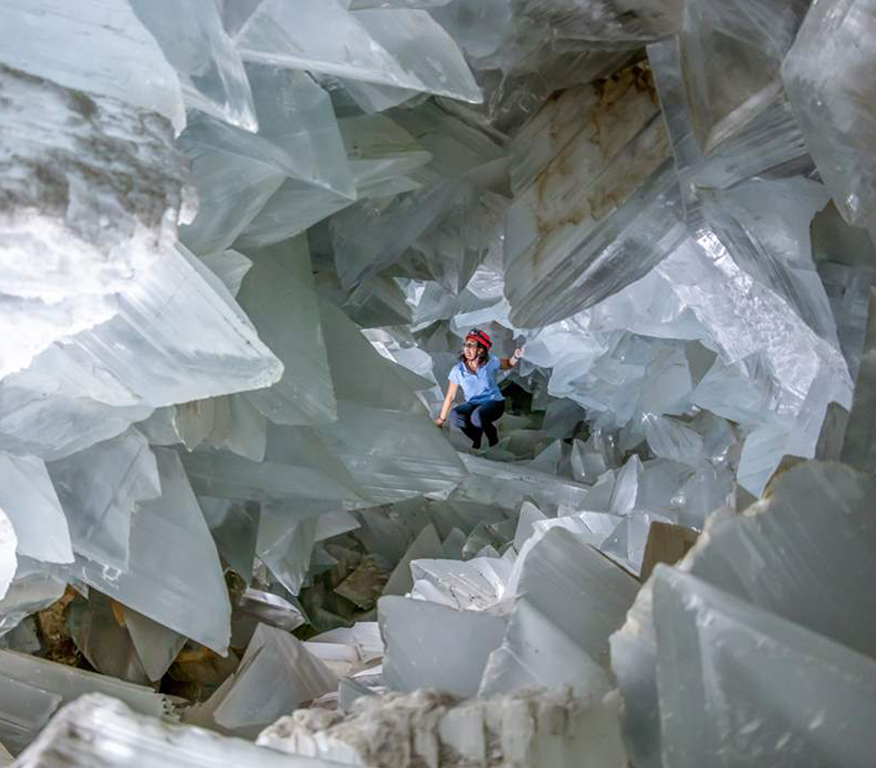
The geode is funnel-shaped, with the narrowest part an angled L-shaped hollow form 10.7 m3 volume, with 8 m long, 1.8 m wide and 1.7 m high. The average size of gypsum crystals is 0.5 x 0.4 x 0.3 m, with specimens up to 2 m long. Considered the best-preserved geode in the world, it was discovered by Angel Romero in 1999 inside an abandoned mine on the site of Pilar de Jaravía. It has been declared a Natural Monument.
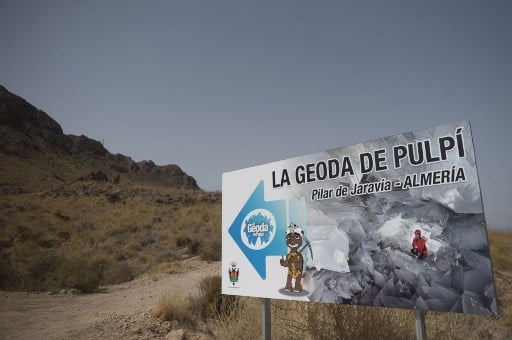
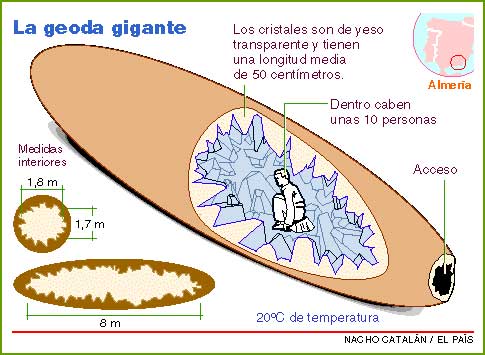

The largest geode in the world is in Naica (Mexico) and boasts crystals that reach 10 meters in length, but it is in a mine which suffers temperatures of 45ºC and with 100% humidity which makes it impossible for it to be visited by the public. However, the Pulpí geode is at a temperature of 20ºC and offers a more than acceptable humidity level. Therefore it is the second largest in the world but the only one that can be visited.
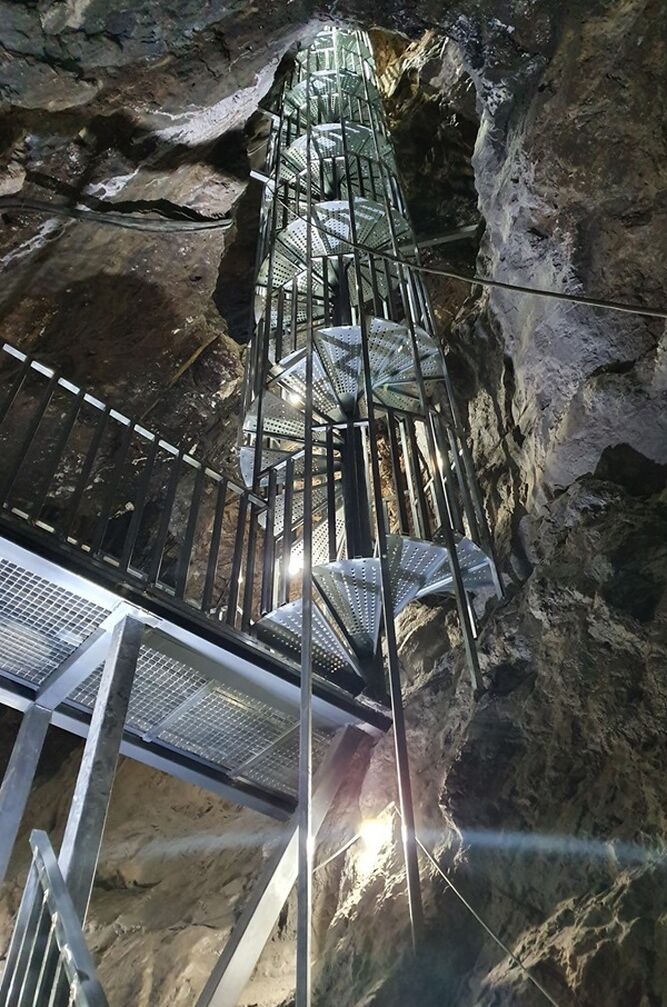
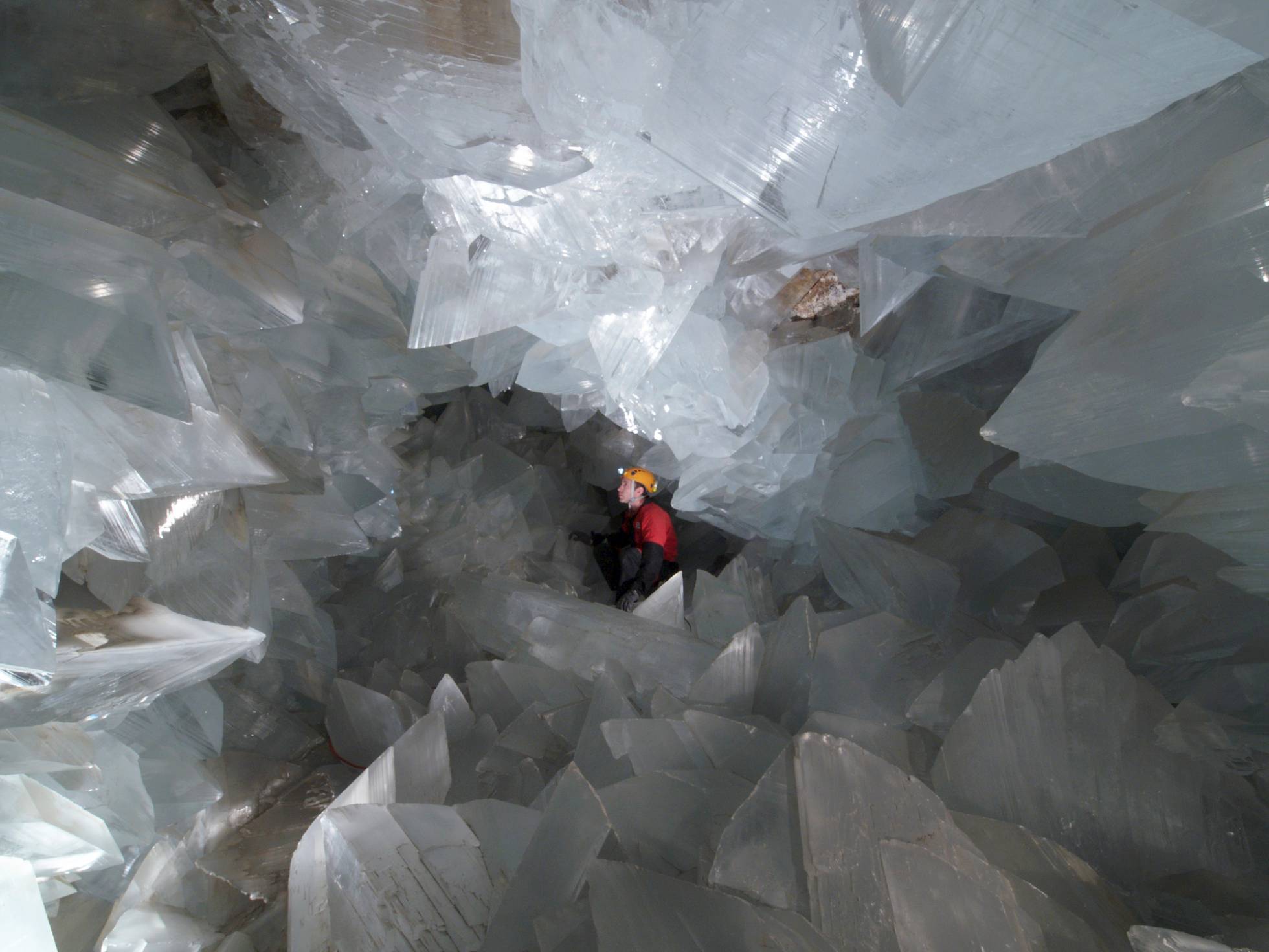
You don't have to be registered to leave a comment but it's quicker and easier if you are (and you also can get notified by email when others comment on the post). Please Sign In or Register now.